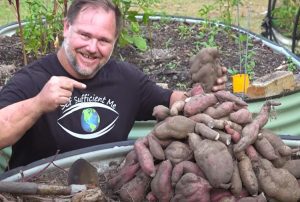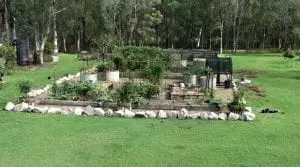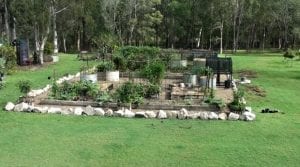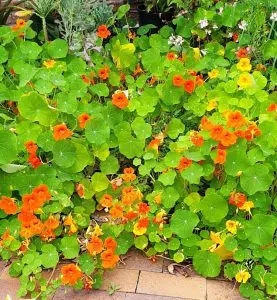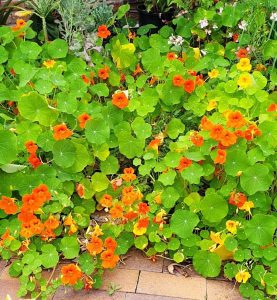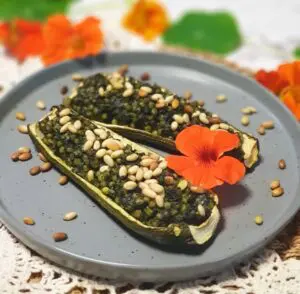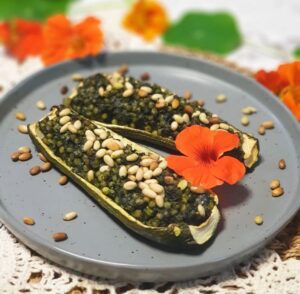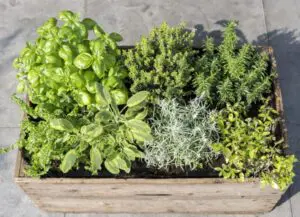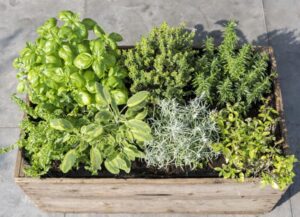It’s time to peel back the layers to expose my secret to growing onions. But just a quick safety warning before we get started remember when eating onions on a roll or a folded bread ALWAYS place the onions under the sausage…
The reason I say this (tongue in cheek) is due to a recent announcement released by a major home and hardware centre here in Australia called Bunnings which stated that any fundraising BBQ "sausage sizzle" must now ensure if onions are served on a roll they are to be placed under the sausage. Apparently, onions under the meat will help hold them on/in the bread so they won't fall out and cause a potential slipping hazard around the store premises.
Anyway, on with the article (you can watch the video at the bottom of the page if you prefer or do both). In this article/video I’m going to give you my 5 top tips on how to grow a ton of onions in just a small round raised bed garden.
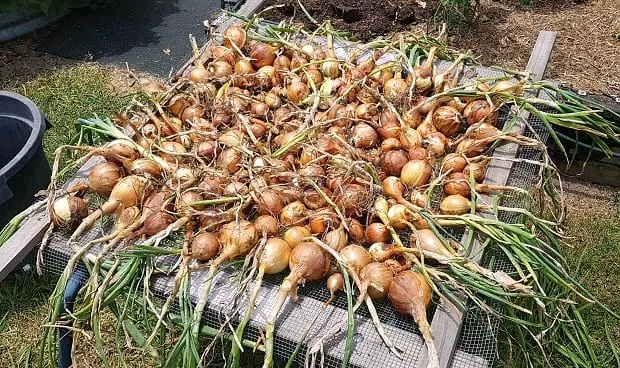
I like to grow my own onions because we grow them without chemicals and the crispy freshness of an onion just harvested is quite special – different from the cured onions in the store that are often months old.
Tip #1 – Preparing the garden bed for onions
Onions just like most veggies like a fertile free draining soil as you know I like to grow in raised beds because they’re compact and it’s so easy on your back when preparing, maintaining, and harvesting your crop but it also allows for excellent drainage which onions do enjoy and it helps prevent them from rotting in ground particularly in hot humid climates.
You don’t want to over fertilise the soil before planting and I don’t add any extra feed throughout growing but I do prepare the bed with a generous covering of compost – if I don’t have enough of my own I’ll buy it and those bags premixed with a little fertiliser are perfect otherwise toss in a small handful of your own fertiliser or well-rotted animal manure such as chicken poop – don’t overdo it or you’ll get lots of top green growth with little bulbs.

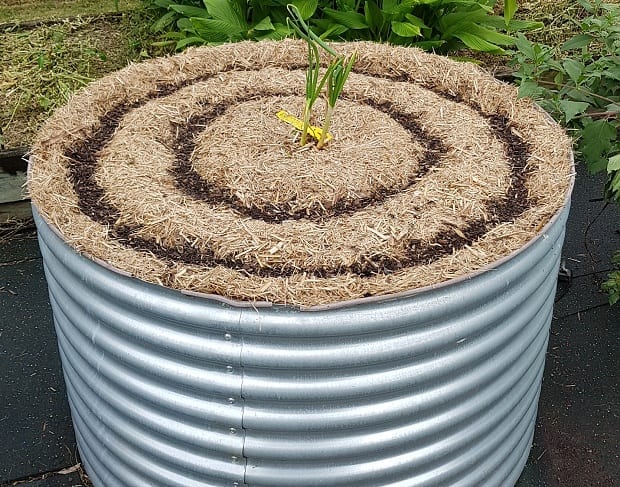
I always like to add mulch as it reduces the weeds especially when growing onions, because it can be tedious to weed between skinny onion plants, and weeds will compete heavily with them, so it does need to be done if you don’t want weeds taking over your onion bed.
Sow shallow (not too deep) and cover lightly keeping the soil moist until sprouting starts then water as required.
Sow a generous amount of onions seeds to allow for poor germination as you can always transplant seedlings from areas that have germinated well to areas that are sparse. In fact, in this bed I sowed two types of onions a brown and a red, but the red failed to come up, the seed was a bit old, so I simply transplanted my excess browns to fill the void.
Tip #2 – Grow onions at the right time
Here in the subtropics, I sow seed towards the end of autumn (around the last month of autumn) because growing them through our winter into spring and harvesting before the summer rains and humidity hits gives the best results.
Onions hate humidity so in hot humid climates it’s best to grow them during the drier months. If you try growing bulb onions outside of this window they will likely bolt to seed or just rot in the ground.
In cold climates, onions are typically grown from spring through summer and you should generally have an easier time than me growing them as most bulb onions prefer this climate range.

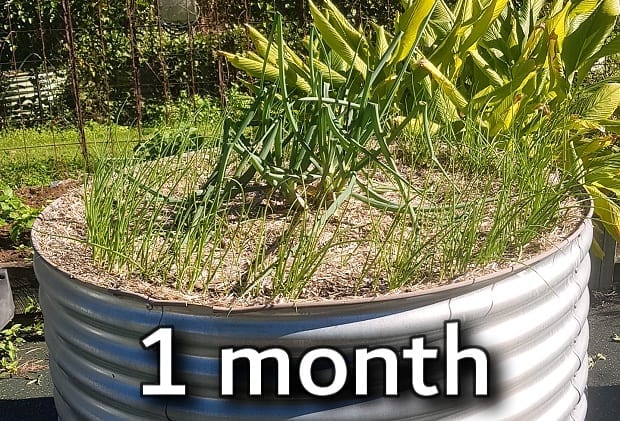
Tip #3 – Grow the right type of onions
Growing the right type of onion is probably more important than growing at the right time although these two points are closely related as I’ll explain.
I prefer to grow fast or “early maturing” varieties because we grow them through winter when the days are the shortest at that time of year.
The growth habit of onions is largely influenced by daylight hours and depending on the variety they may not grow well or fail completely if the wrong type is grown at the wrong time.
For example, late maturing varieties that happen to be great keepers (last a long time in the pantry) need long daylight hours sometimes up to 15 hours per day whereas faster growing (or quicker bulbing) varieties like these Hunter River Browns only need around 10 hours.
So, when buying onion seeds think about your climate and particularly the daylight hours at the time of year when you are growing them then match that to the type of onion.

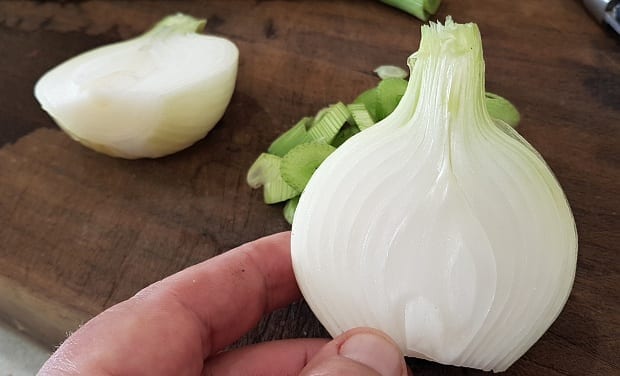
Having said that, I don’t want to totally deter you from trying a late maturing onion type because you can still get ok results breaking the rules.
I’ve had success growing all types of varieties here at the same time of year in a climate that isn’t optimal for onions – you’ll be surprised what you can grow when the books say you can’t…
Also, there are other ways to cheat the norms.
As you may have noticed, I have a different type of onion growing in the middle here.
This is an Egyptian Walking Onion and it’s a type of bunching onion that grows well in hot climates. Sure, it doesn’t bulb exactly like regular onions, but they still can be used in the same way and they taste great!
Once I harvest these brown onions (and I’ll do that soon in Tip #5) these Egyptian onions will be allowed to naturally spread and take over the bed giving us fresh onions throughout summer.
Other easier to grow varieties such as shallots which grow in clusters or spring onions can be just as useful as an all-year-rounder for their own great flavour or as a substitute when larger bulb types are difficult to grow.
Tip #4 Crowd them onions in
Now, this tip may seem counterintuitive because most experts will tell you to thin onions out as they grow allowing a good space between them giving the bulbs the best chance to develop larger and uniformly.

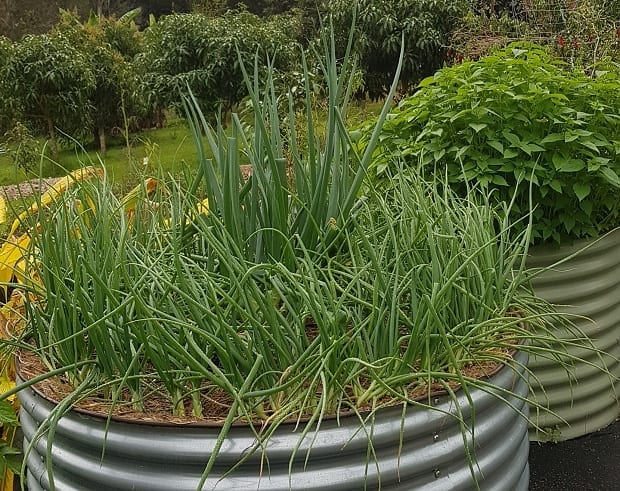
But I don’t do that – not by the book anyway – I will thin them out to an extent or more like spread them out if I see a bunch of seedlings all grouped together or if I need to fill gaps as I said earlier but in general the only thinning out we do is early harvesting for eating as we go.
Look, if you want to space them out do it as that’s a well-proven way to grow onions but crowding them in is one of my top tips because it works.
Crowd growing onions in a raised bed like this means you can grow more in a smaller space, it helps to suppress weeds, and it allows for earlier harvesting as we’ll discuss next.
Tip #5 When to harvest your homegrown onions
The short answer is harvest onions for use at any time!
We love immature onions! They’re crisp, tasty and harvesting them early means you have use of onions practically within weeks rather than waiting several months for a strategically spaced-out crop to mature.
But it’s easy to tell when your onions have reached maturity because the tops will start to die back and some may even flower and go to seed.
This is the time I harvest the bed leaving a few to continue flowering so we can use the seed for next season.
So let’s harvest!

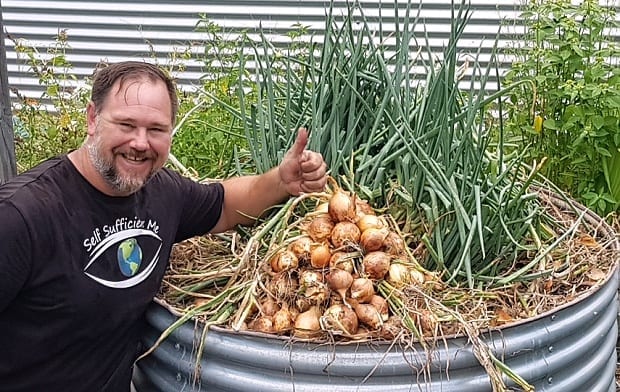
Any tops that have not died off can be broken over to speed up the dying process, but regardless, pulling them up and placing on a drying rack will generally kill them off pretty quickly anyway. As a general rule, I wouldn't be pulling the onions too early, if possible, and bending the tops over isn't a matter of course and shouldn't be needed if the timing for harvest is right.
And there ya have it! After several days in the sun of turning them each day, the onions will have developed a good tough skin and be right for storage in the pantry.
Those were my 5 top tips on how to grow a ton of onions in a small raised bed: Prepare the garden bed, Grow at the right time, Grow the right type, Crowd them in, When to harvest do all those things right and you’ll grow a ton of onions just like I can.
If you enjoyed this article/video give it a big green thumbs-up, like, and share it around. Also, subscribe to my YouTube channel and Blog Newsletter if you haven’t already.
Thanks for your ongoing support…
Video on how to grow onions at home


